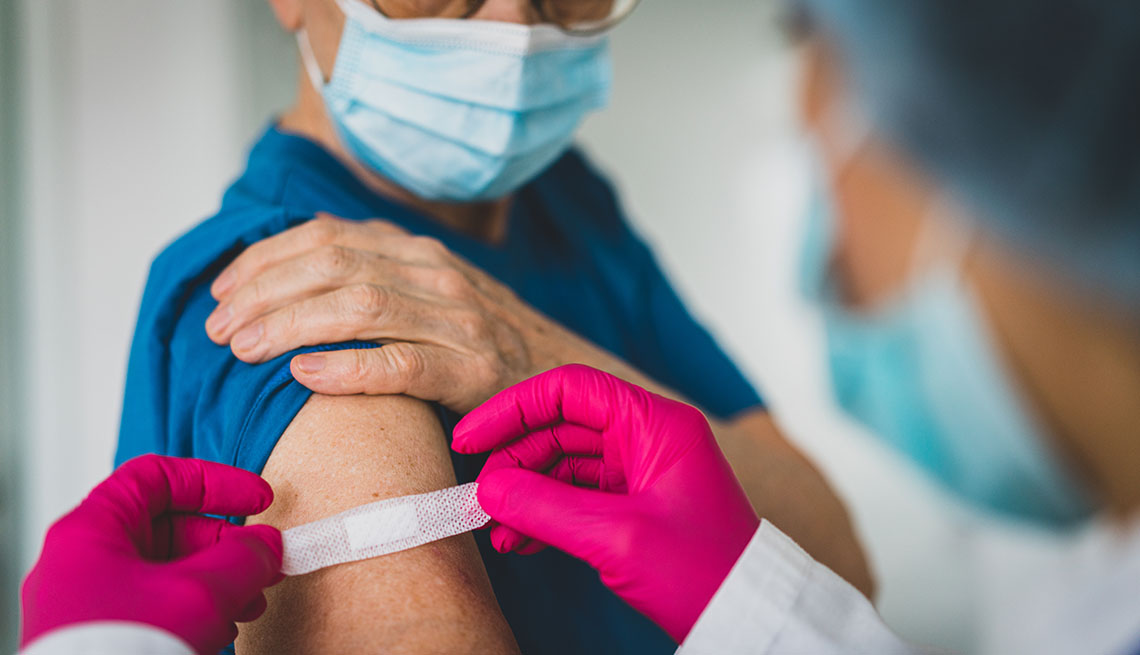
What to know about the coronavirus omicron subvariant
- Select a language for the TTS:
- UK English Female
- UK English Male
- US English Female
- US English Male
- Australian Female
- Australian Male
- Language selected: (auto detect) - EN
Play all audios:

For example, the BA.2 variant went from making up about 20 percent of all new coronavirus infections in Denmark to nearly half in a matter of weeks, according to the Statens Serum Institut,
a public health and research agency under the Danish Ministry of Health. And in England, BA.2 was responsible for about half of COVID-19 cases in late February; by early March, that
percentage was closer to 80. TRACKING XE The World Health Organization (WHO) is keeping an eye on an interesting omicron development: A hybrid of BA.1 and BA.2. Dubbed "XE," this
recombinant variant was first detected in the U.K. on Jan. 19, and so far, about 600 cases have been reported. Early estimates suggest that XE may be more transmissible than BA.2, however,
"this finding requires further confirmation," WHO says. Even still, Centers for Disease Control and Prevention Director Rochelle Walensky said that “it’s not nearly the
transmission advantage that we’ve seen between omicron and delta.” A study out of Denmark that has yet to be peer reviewed found omicron to be between 2.7 and 3.7 times more infectious than
delta, which was already declared by the CDC to be twice as contagious as previous variants. IT DOESN’T APPEAR TO AFFECT SEVERITY AND IMMUNITY There’s “no indication” that BA.2 causes more
severe illness than the original omicron strain, the World Health Organization’s (WHO) Maria Van Kerkhove said. Other experts have echoed this. While omicron has infected and sickened a
record number of people, studies show that it appears to cause less severe illness, overall, compared to its predecessor, delta. Health officials continue to stress, however, that just
because omicron may be milder, that does not mean it’s mild, and that the variant still presents a danger to many, especially unvaccinated individuals and people at higher risk for
complications from COVID-19. Another plus: Research is ongoing, but it looks as though BA.2 doesn’t have any vaccine-evading advantages, meaning it likely can’t slip past the vaccines’
defenses any better than omicron, whose mutations already give the vaccines more of a challenge. (That’s why a booster shot has been strongly recommended during the omicron wave. The extra
dose helps to strengthen immunity and further enhance protection, studies show.) BA.2 “seems to be about on the same level as the original omicron,” Ozer said. Because of this, Walensky has
said that when it comes to the subvariant, “our vaccines will work just like it has with omicron.” Studies out of the U.K. show that protection against experiencing symptoms from a
coronavirus infection caused by BA.1 was about 9 percent after two doses of the mRNA vaccines; for BA.2 it was about 13 percent. After a booster, those numbers jumped to 63 percent
protection against symptomatic illness caused by BA.1 and 70 percent for BA.2. Protection against death caused by an omicron infection was 95 percent in boosted people age 50 and older, the
same research shows.
